Concrete Cuba: a new London exhibition celebrates Diez Pintores Concretos
London's David Zwirner gallery celebrates Diez Pintores Concretos
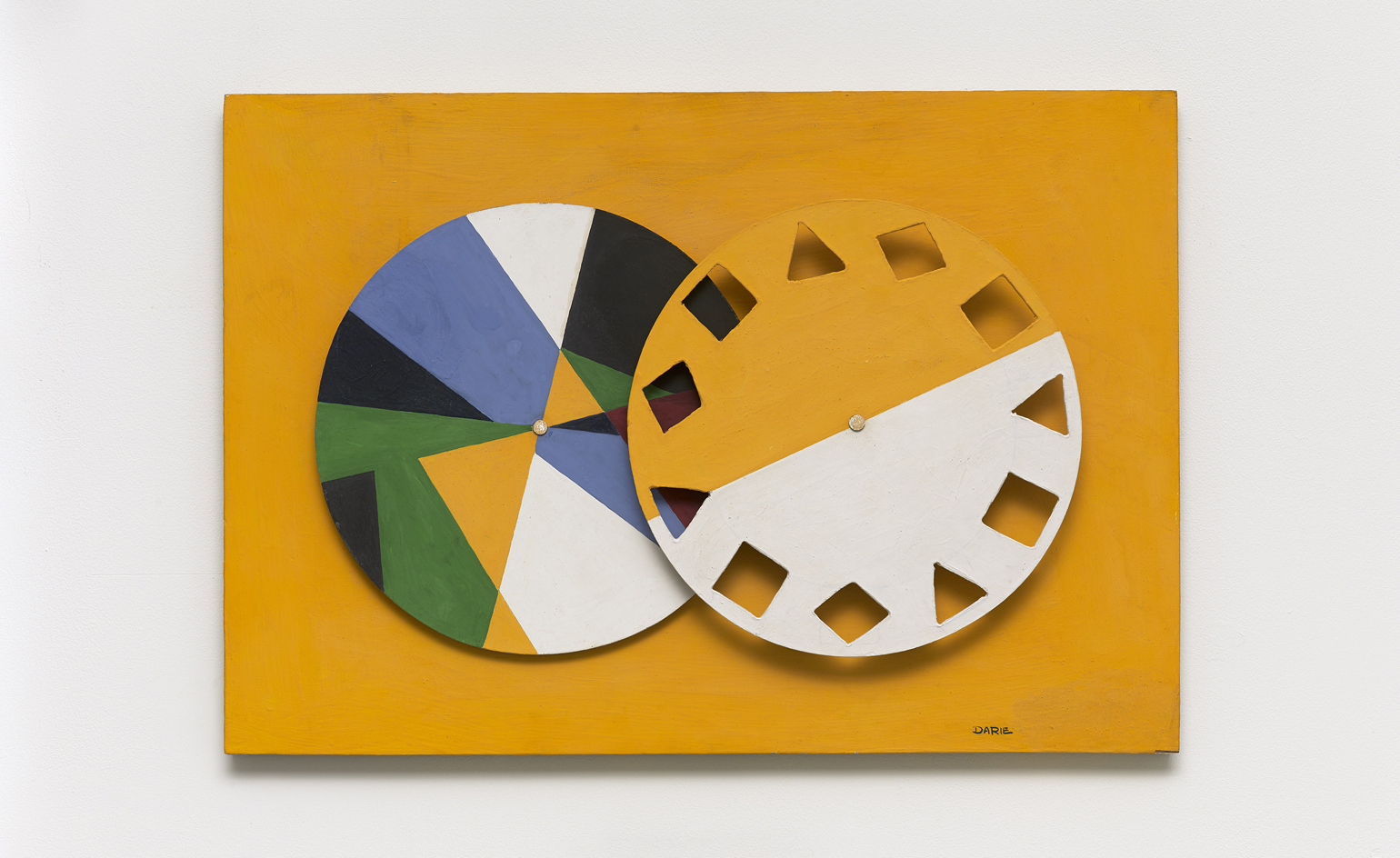
In the decade before Fidel Castro turned Cuba into a Communist country, Havana was often described as having become a Latin Las Vegas – an international playground for the fortunate few who could afford to enjoy it. But the 1952 military coup, led by American-backed dictator Fulgencio Batista, and the ensuing influx in US tourism, brought about a surge in nationalist sentiments.
Against this backdrop, a new visual language was taking root. Developed by a group of 11 artists in response to the turbulent political and cultural climate, Diez Pintores Concretos ('Ten Concrete Painters') was an influential but short-lived group (active only from 1959 to 1961) that created hard-edged, geometric abstract works that sought a universal, utopian aesthetic.
Influenced by the time many of the group members spent abroad in Europe and across South America – in particular, Wifredo Arcay, Mario Carreño, Pedro de Oraá and Loló Soldevilla – Cuban concretism sprang out of the philosophies and aesthetics of neo-plasticism, constructivism, suprematism, and post-cubism. However, the group did not consider their work to follow the same dictates; instead, their non-referential compositions were based exclusively in intellectually formulated constructs using plastic elements, which they reduced to simple planes and colours. Offering a new, more cerebral form of political and social engagement, Diez Pintores Concretos pushed abstraction from the purely visual toward the conceptual and phenomenological.
Thanks to their apolitical aesthetics, Los Diez's relationship with the Batista regime was largely amicable but, following Fidel Castro's 1959 revolution, abstraction became an altogether more suspect genre due to its earlier radical associations. Consequently, many abstract and concrete painters fled the country and in 1961 Los Diez disbanded for good after the closure of their main exhibition space, the Galería de Arte Color-Luz – an artist-run space co-founded by Soldevilla and de Oraá in 1957 to foster abstract art in Havana.
This month, a comprehensive exhibition of the Cuban concretism group's paintings and sculptures opens at London's David Zwirner gallery. Curated by the gallery's associate director Rodolphe von Hofmannsthal, the works on show include a number of Sandú Darié's experimental and experiential kinetic sculptures, which he called 'estructuras transformable', or 'transformable structures'; kinetic sculptures, hard-edge paintings and geometric collages by Soldevilla; and several works by Arcay, who worked as a printmaker in Paris in the early 1950s alongside artists such as Theo van Doesburg, Fernand Léger, Sonia Delaunay, Robert Delaunay, and Jacques Villon.
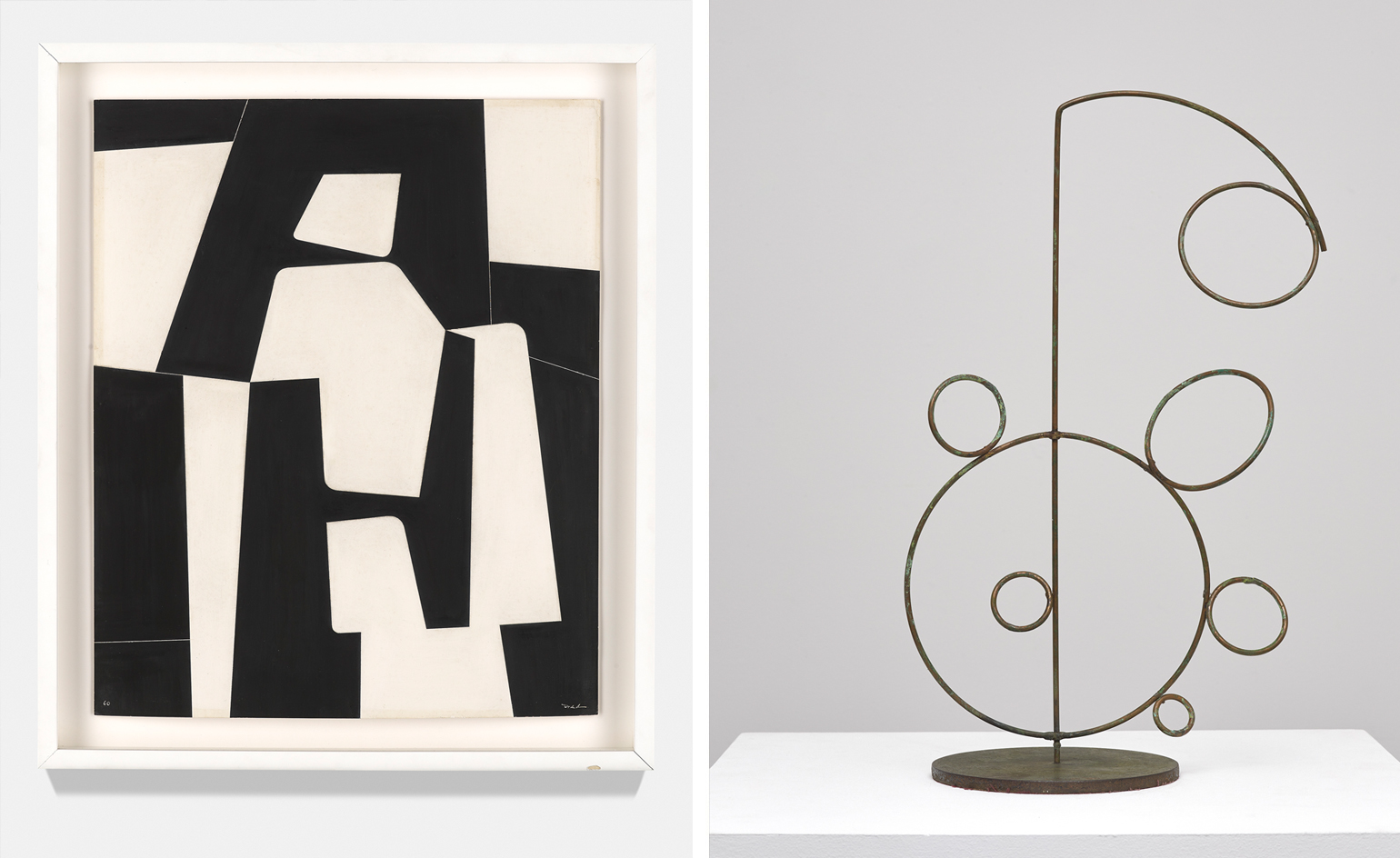
Set up by a group of 11 artists in response to the turbulent political and cultural climate of 1950s Cuba, Diez Pintores Concretos was an influential but short-lived group that was only active from 1959 to 1961. Pictured left: Sin Título (Untitled), by Pedro de Oraá, 1960. Pictured right: Stabile, by Loló Soldevilla, 1954.

The group created hard-edged, geometric abstract works that sought a universal, utopian aesthetic. Pictured: Repercusión por el color, by Loló Soldevilla, 1957.
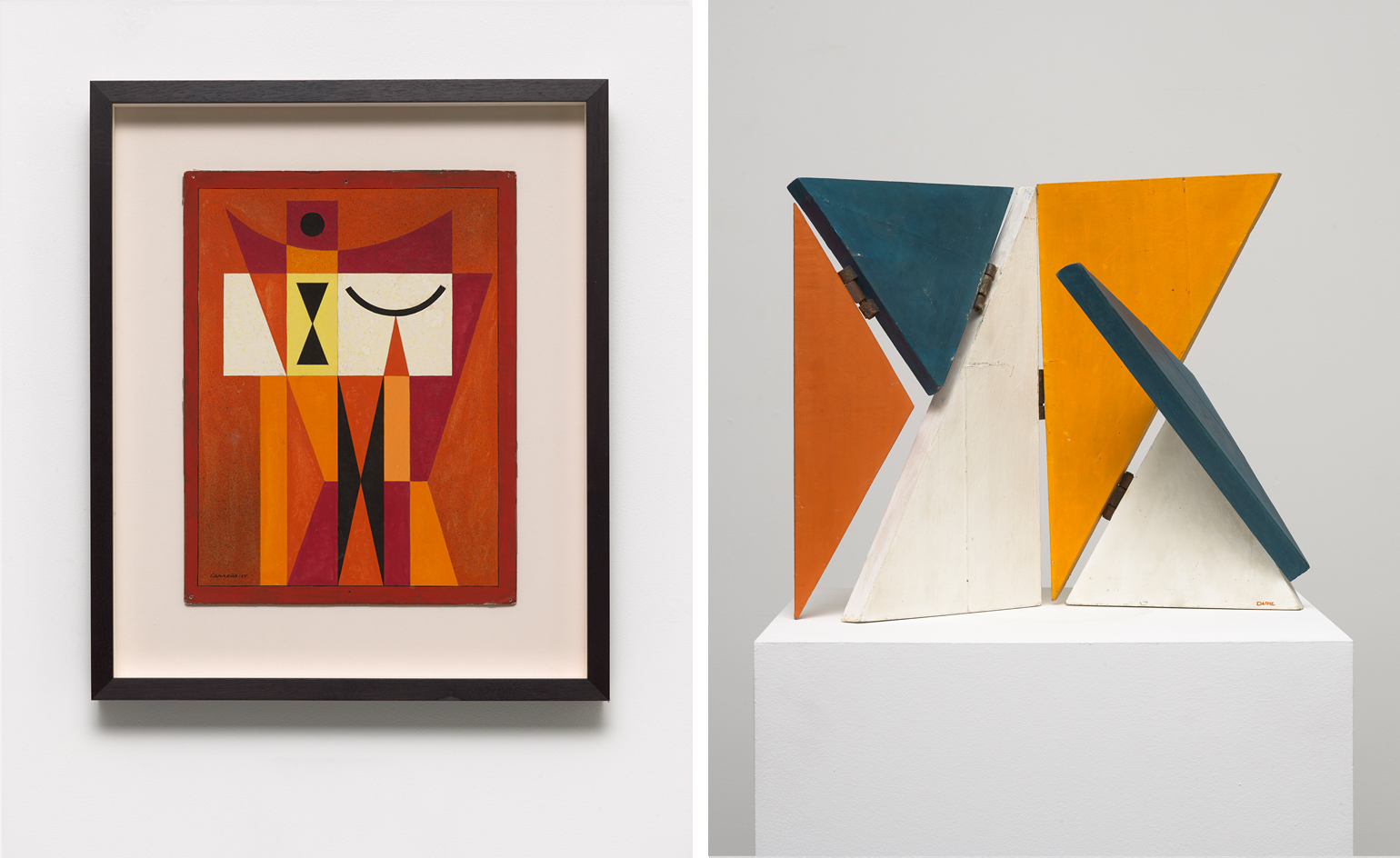
Influenced by the time many of the group members spent abroad in Europe and across South America, Cuban concretism sprang out of the philosophies and aesthetics of neo-plasticism, constructivism, suprematism, and post-cubism. Pictured left: Untitled, by Mario Carreño, 1955. Pictured right: Untitled, by Sandú Darié, c. 1950s.
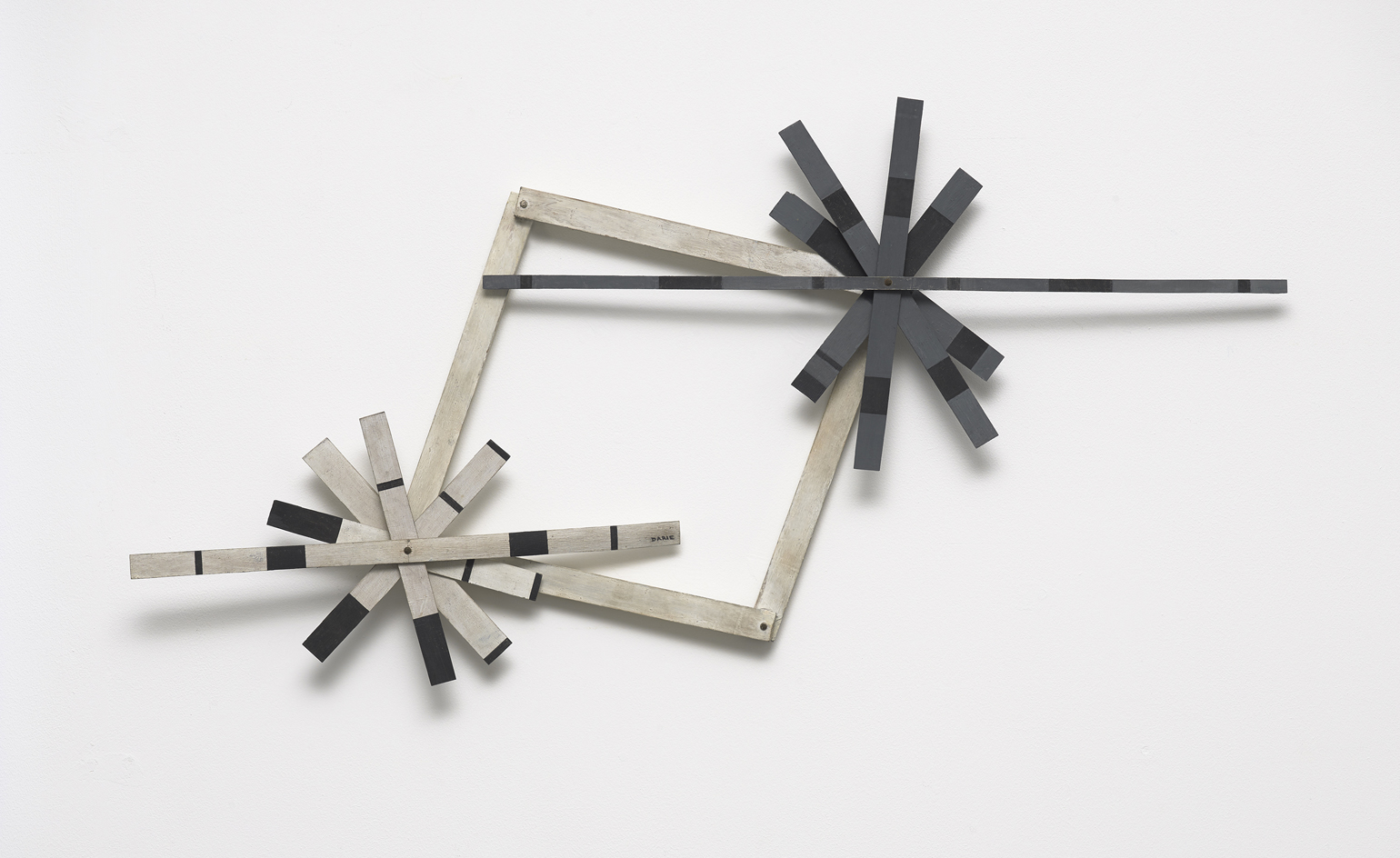
The group did not consider their work to follow the same dictates of abstract art. Instead their non-referential compositions were based exclusively in intellectually formulated constructs using plastic elements, reduced to simple planes and colours. Pictured: Structure, by Sandú Darié, c. 1950s.
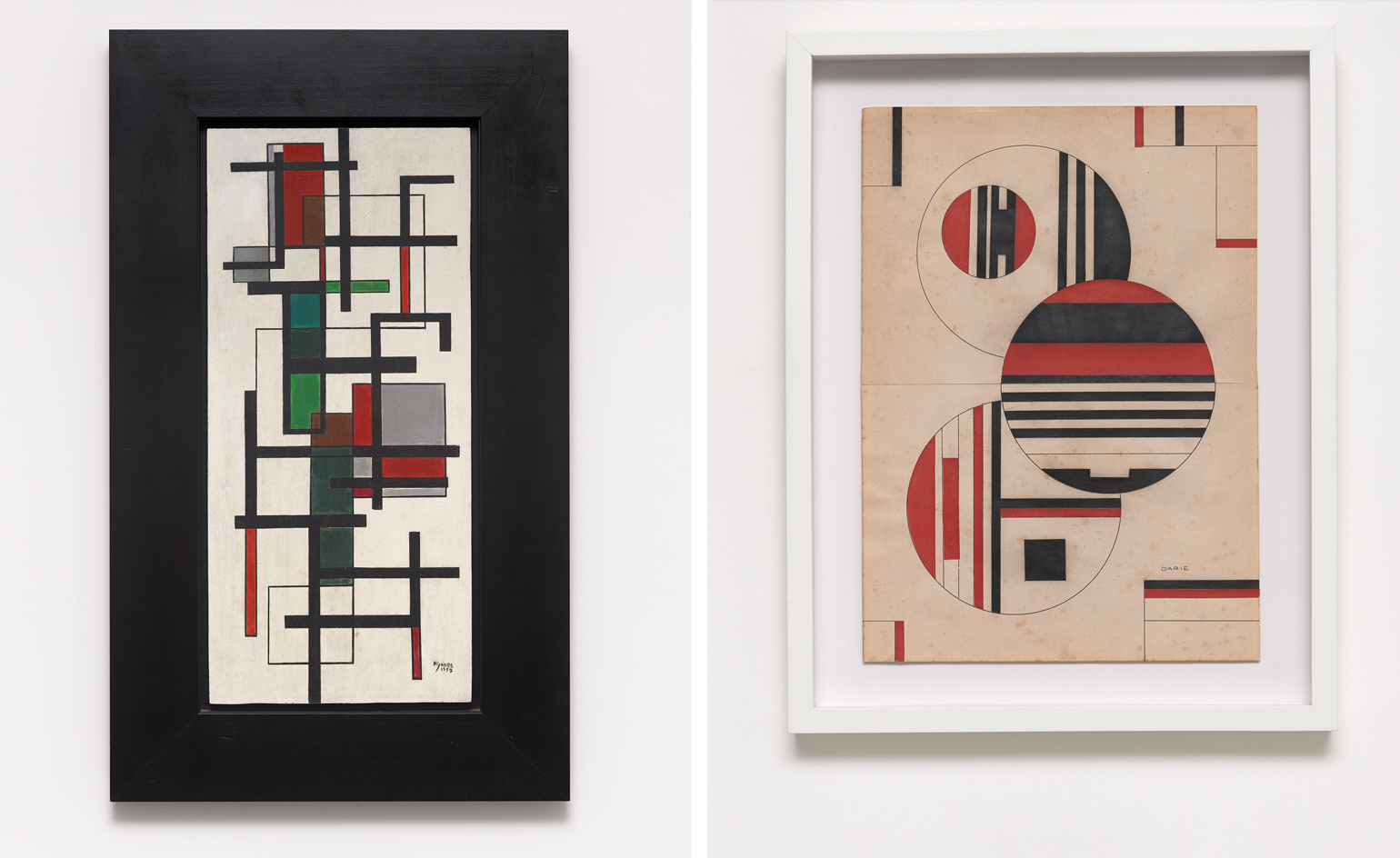
The group disbanded in 1961, shortly after the closure of their main exhibition space due to political pressures. Pictured left: Columna Concreta 2, by José Mijares, 1957. Pictured right: Untitled Diptico #3, by Sandú Darié, c. 1950.
ADDRESS
David Zwirner
24 Grafton Street
London, W1S 4EZ
Receive our daily digest of inspiration, escapism and design stories from around the world direct to your inbox.
Ali Morris is a UK-based editor, writer and creative consultant specialising in design, interiors and architecture. In her 16 years as a design writer, Ali has travelled the world, crafting articles about creative projects, products, places and people for titles such as Dezeen, Wallpaper* and Kinfolk.
-
 Seven covetable accessories designed to improve your Apple experience
Seven covetable accessories designed to improve your Apple experienceWe present a clutch of cultured accessories for all things Apple, from chargers to cases, straps and keyboard covers
-
 How Abidjan's Young Designers Workshop is helping shape a new generation of Côte d'Ivoire creatives
How Abidjan's Young Designers Workshop is helping shape a new generation of Côte d'Ivoire creativesIn the first in our Design Cities series, we look at how Abidjan's next generation of creatives is being nurtured by an enlightened local designer
-
 A tale of two Audis: the A5 saloon goes up against the A6 Avant e-tron
A tale of two Audis: the A5 saloon goes up against the A6 Avant e-tronIs the sun setting on Audi’s ICE era, or does the company’s e-tron technology still need to improve?
-
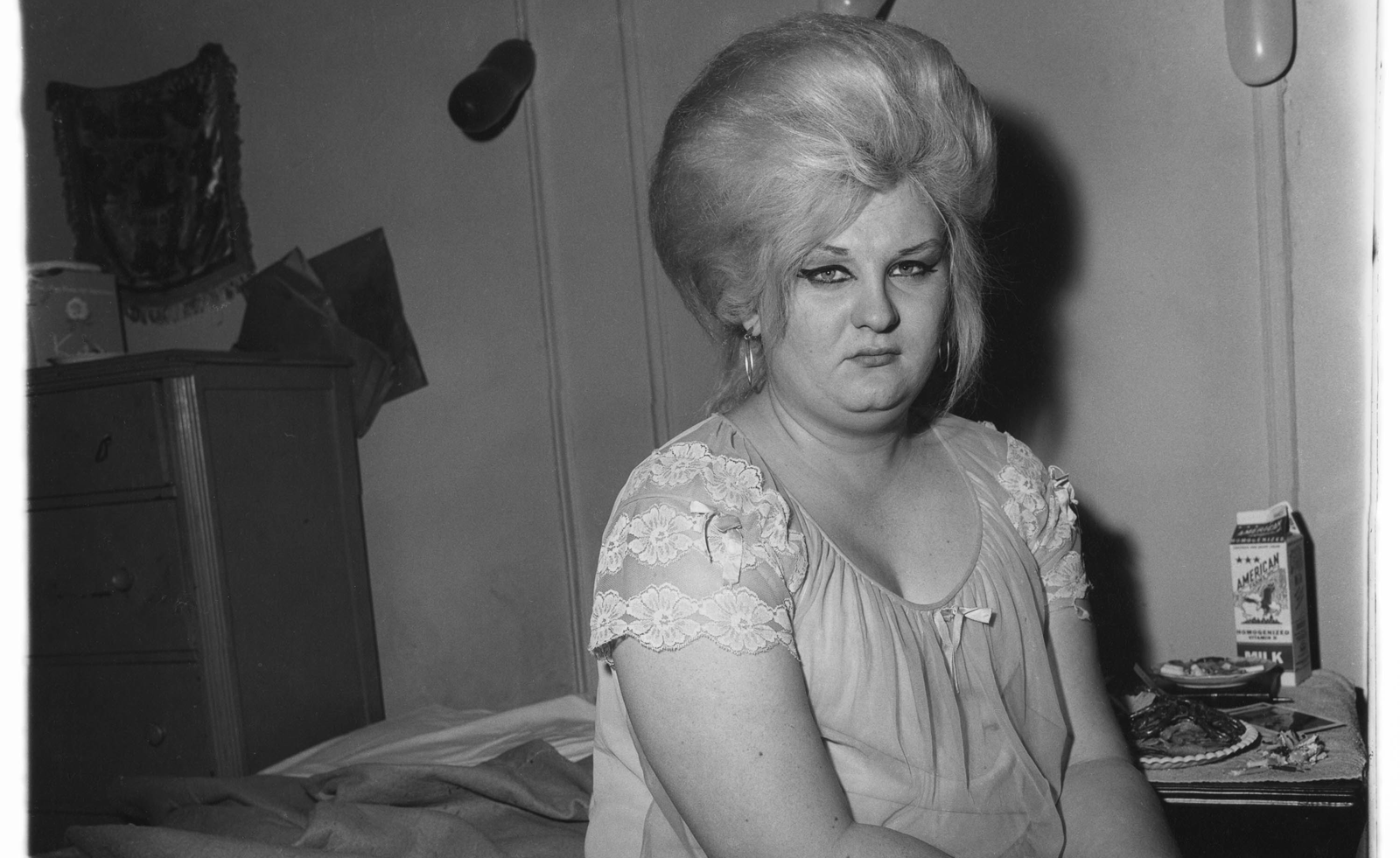 Diane Arbus at David Zwirner is an intimate and poignant tribute to her portraiture
Diane Arbus at David Zwirner is an intimate and poignant tribute to her portraitureIn 'Diane Arbus: Sanctum Sanctorum,' 45 works place Arbus' subjects in their private spaces. Hannah Silver visits the London exhibit.
-
 Takashi Murakami and Ryan Murphy headline Wallpaper* November 2023
Takashi Murakami and Ryan Murphy headline Wallpaper* November 2023In the Wallpaper* November 2023 Art Special, discover Takashi Murakami’s pandemic-inspired creatures, producer Ryan Murphy’s Hollywood HQ, 20 years of Frieze and more, on newsstands today
-
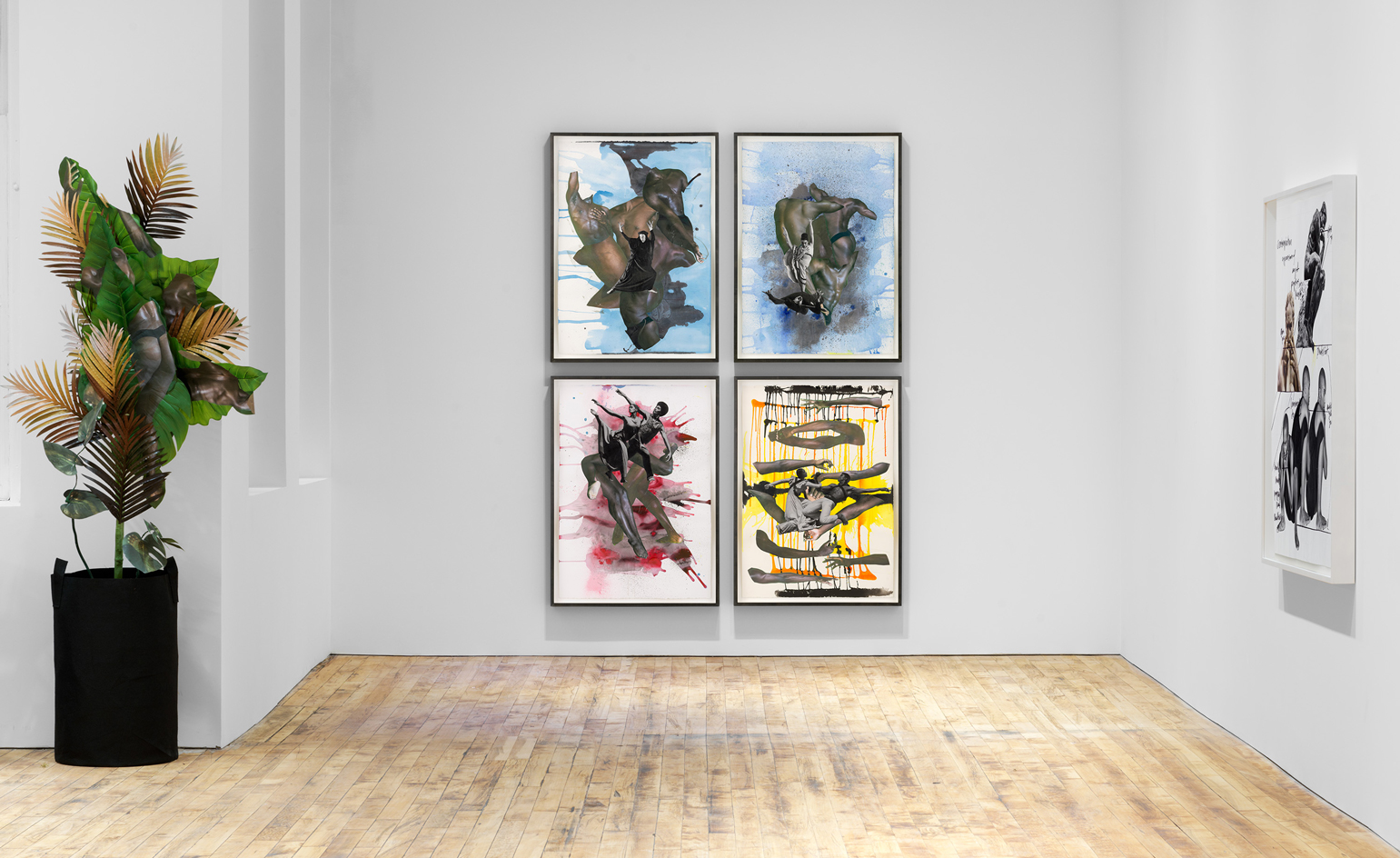 Ebony L Haynes shakes up tradition at David Zwirner’s new Manhattan outpost
Ebony L Haynes shakes up tradition at David Zwirner’s new Manhattan outpostAt David Zwirner’s new downtown New York space, 52 Walker, director Ebony L Haynes is restyling the traditional gallery model in an incubator for experimentation
-
 Stan Douglas’ riff on alternative realities has us seeing double
Stan Douglas’ riff on alternative realities has us seeing doubleCoinciding with the announcement that the Vancouver artist will represent Canada in the 2021 Venice Biennale, his galleries in New York and London are staging a dual survey of his ambitious video installation Doppelgänger
-
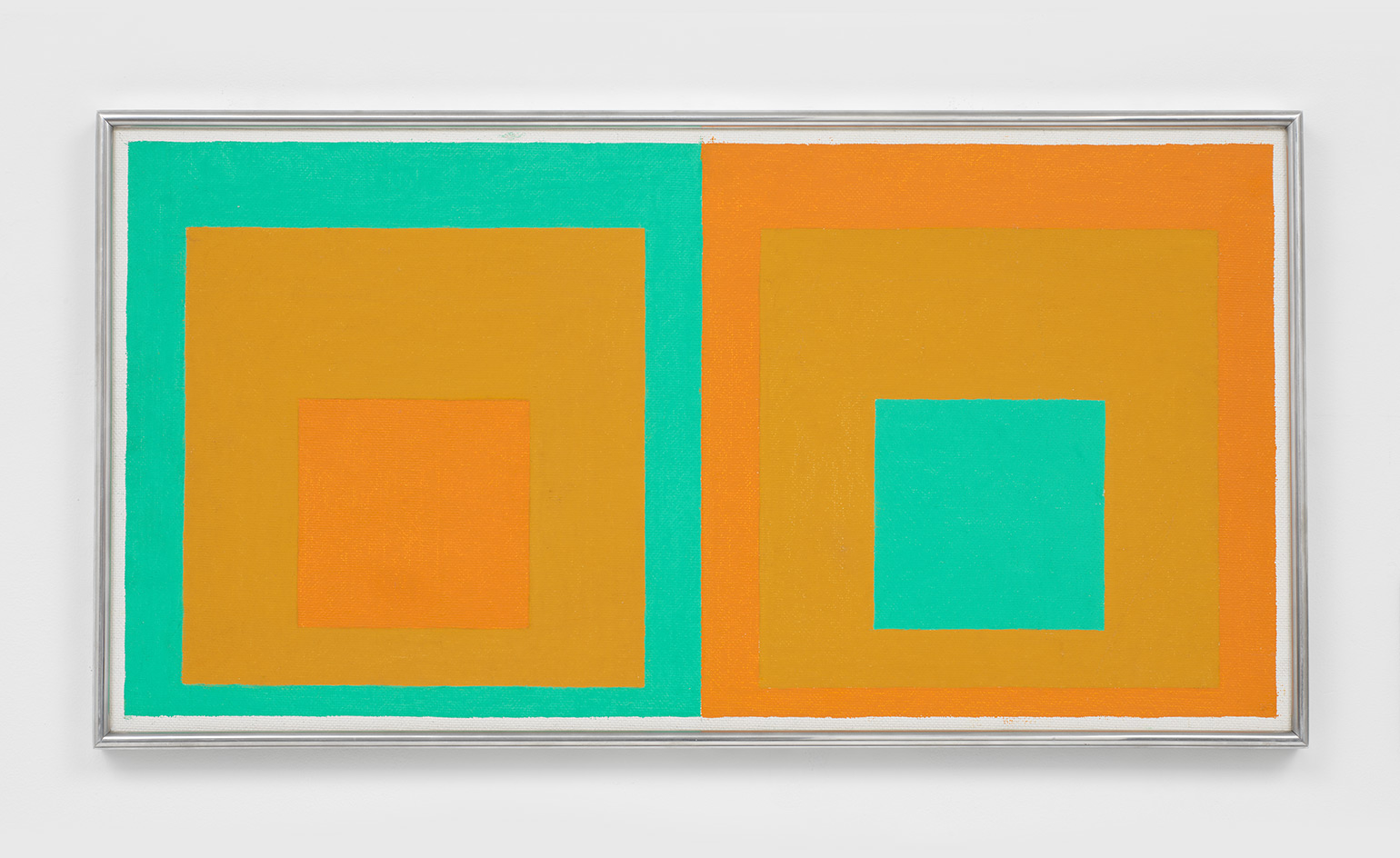 Josef Albers and the modernist maestro’s musical influences
Josef Albers and the modernist maestro’s musical influences -
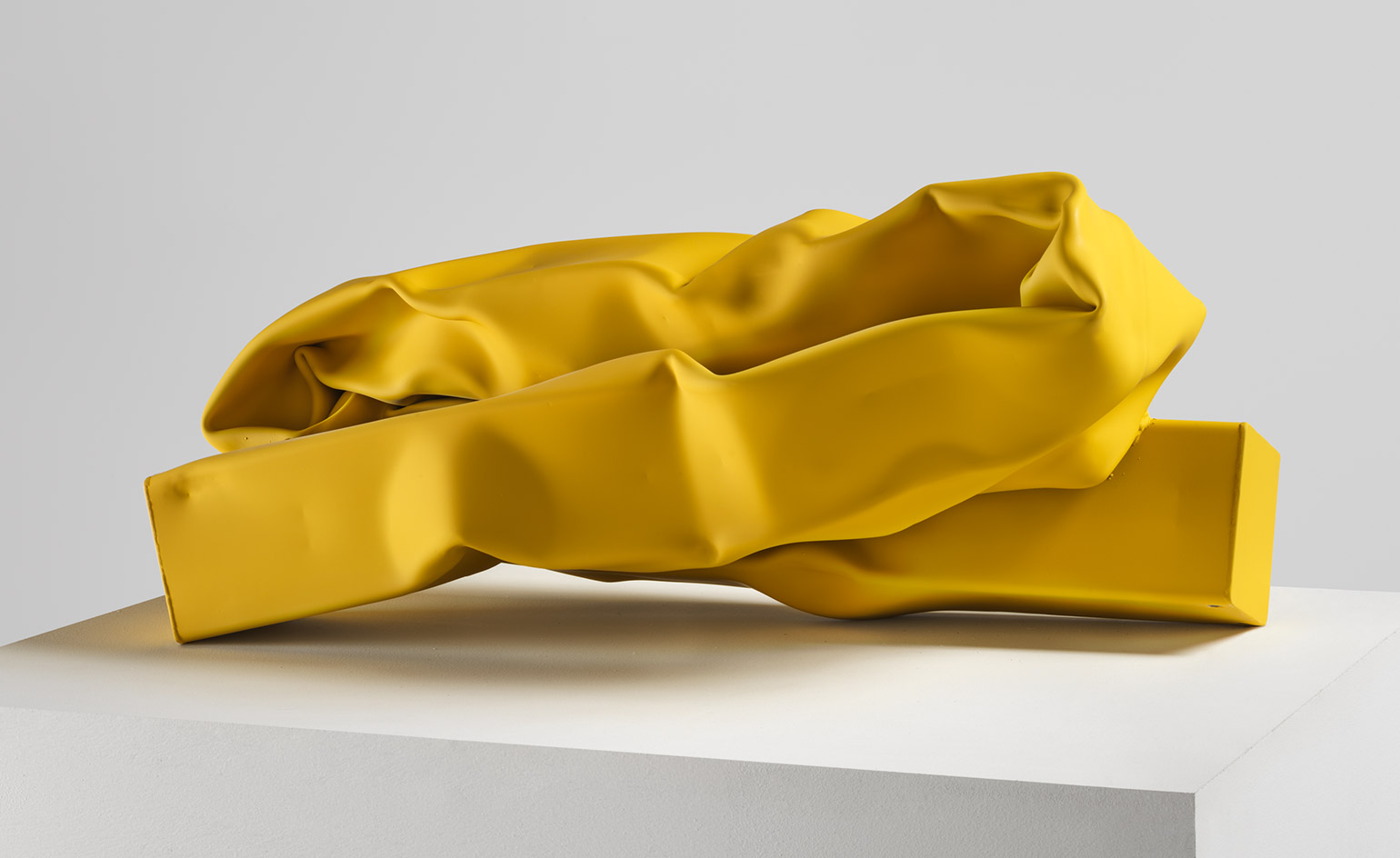 Carol Bove on crushing, crashing and twisting heavy metal into better shape
Carol Bove on crushing, crashing and twisting heavy metal into better shape -
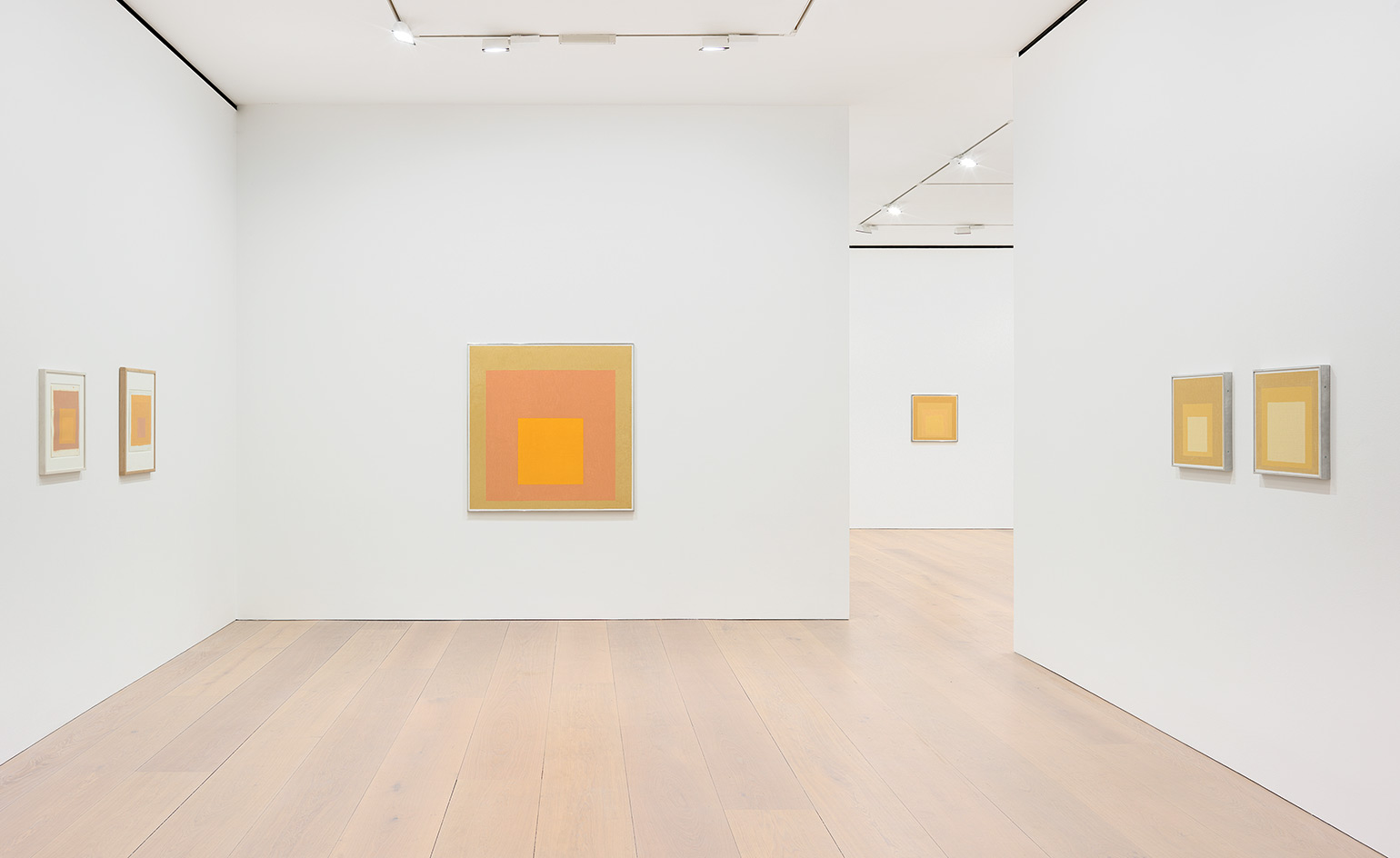 Sunny side up: Josef Albers’ yellow paintings look on the bright side
Sunny side up: Josef Albers’ yellow paintings look on the bright side -
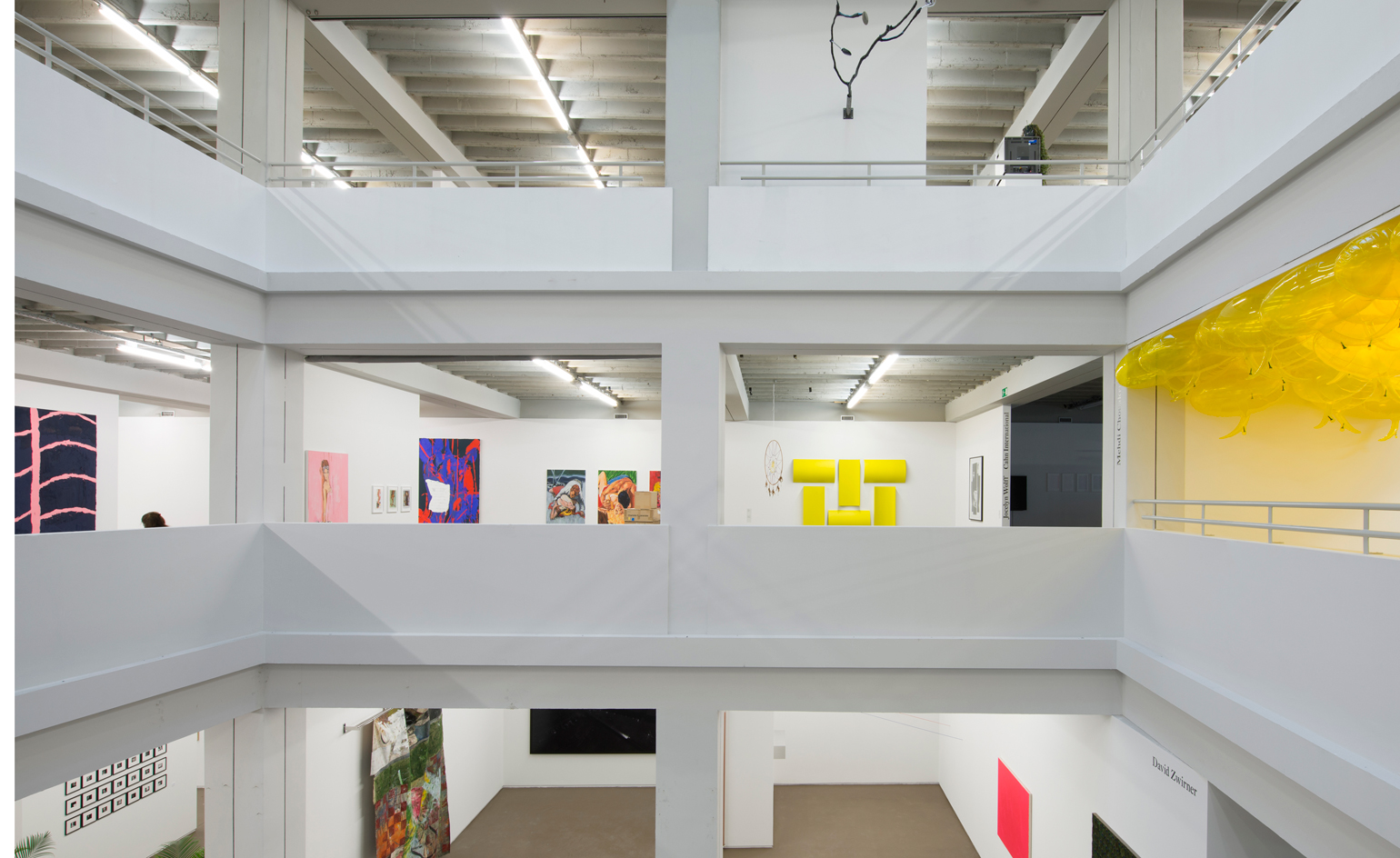 Conversation and community: Independent art fair lands in Brussels
Conversation and community: Independent art fair lands in Brussels